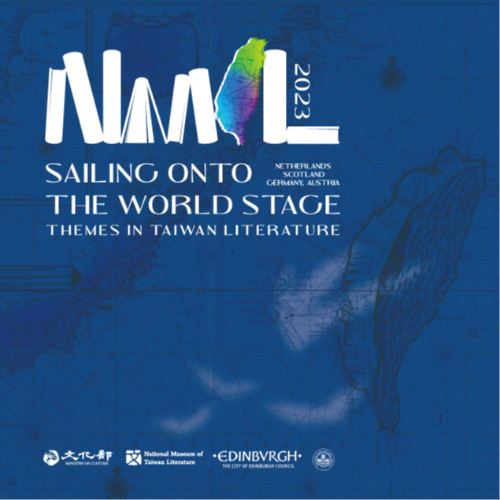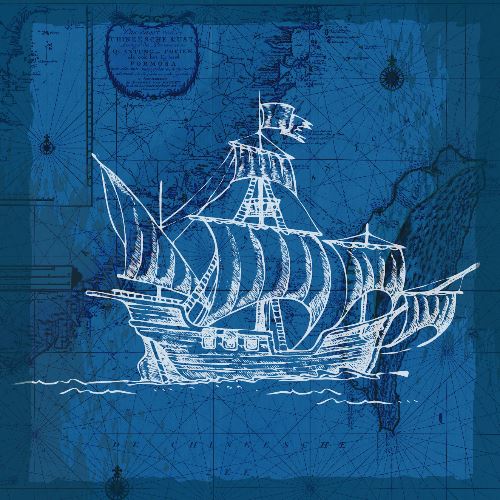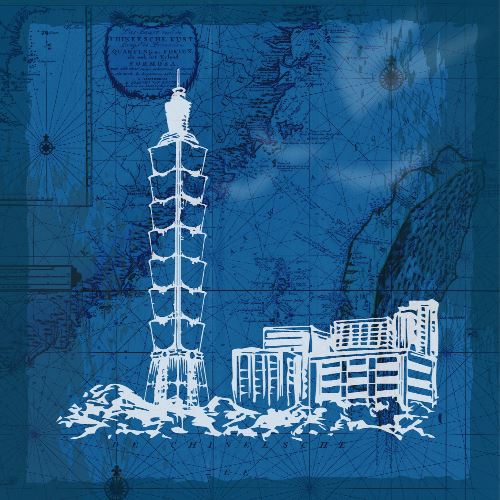
⧉ Flag of Formosa painted by Jeff Dahl
(Photo by Wiki Commons)
In 1661, the Dutch East India Company (VOC) withdrew from Taiwan. Koxinga (Zheng Cheng-gong) subsequently established the first Han regime in Taiwan. His Zheng dynasty also brought Han culture and literature to Taiwan. Then, between 1683 to 1895, Taiwan came under the rule of the Manchu-led Qing Empire. Massive numbers of Han immigrants settled in Taiwan, forming a Han majority that remains to this day.
In 1895, the Qing government signed the Treaty of Shimonoseki, ceding Taiwan to Japan. The Japanese colonial government promoted modern education for easier control over Taiwan, inadvertently exposing Taiwanese people to contemporary trends in thought. In the resulting wave of desire for national self-determination, Taiwanese intellectuals took to the streets to petition for the establishment of a Taiwanese parliament. The 14-year movement was to no avail. When WWII broke out, Taiwan was embroiled in the world war.
After Japan's defeat in WWII, Taiwan was handed over to the Republic of China (ROC). In 1949, the People's Republic of China (PRC) was established in Peking (now Beijing), and the KMT-led National Government of the ROC retreated to Taipei, leaving the two sides of the Taiwan Strait separately governed ever since. The KMT (Chinese Nationalist Party, or Kuomintang) government imposed martial law on the island, plunging Taiwan into authoritarian rule that lasted for 38 years. In 1971, the ROC withdrew from the United Nations. This diplomatic failure prompted the people of Taiwan to reconsider Taiwan's future.










